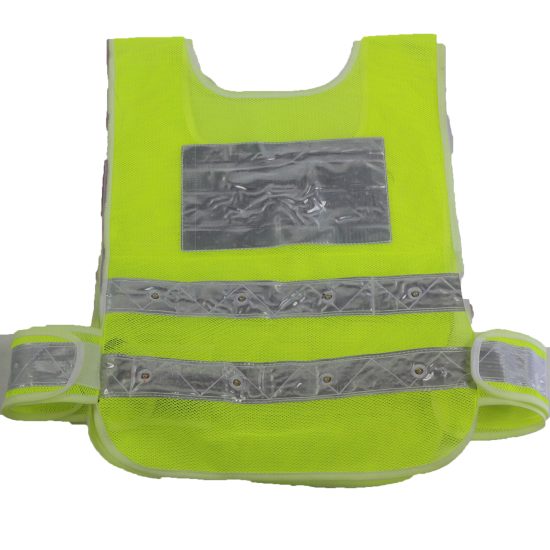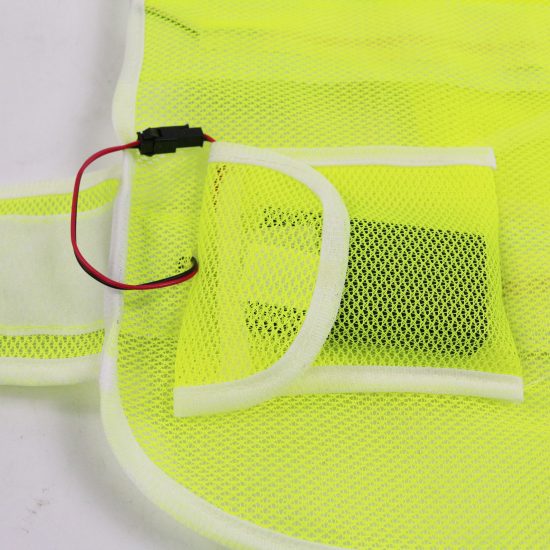Safety gear plays a crucial role in preventing accidents and minimizing injuries in various settings, including workplaces, sports, recreational activities, and everyday life. The primary purpose of safety gear is to provide protection and reduce the risk of harm by minimizing exposure to potential hazards. Here are some key points regarding the role of safety gear in accident prevention:
- Personal Protection: Safety gear is designed to provide personal protection to individuals involved in activities that carry inherent risks. It acts as a barrier between the body and potential sources of harm, such as impacts, heat, chemicals, or sharp objects.
- Injury Prevention: Safety gear can significantly reduce the severity of injuries in case of an accident. For example, wearing a helmet while cycling or riding a motorcycle can protect the head and reduce the risk of traumatic brain injuries.
- Hazard Mitigation: Different types of safety gear are designed to mitigate specific hazards. For instance, safety goggles protect the eyes from chemical splashes, dust, or flying debris, while earplugs or earmuffs protect against hearing damage caused by loud noises.
- Compliance with Regulations: In many industries and activities, safety gear is mandated by laws, regulations, or industry standards. Complying with these requirements ensures that individuals and organizations take necessary precautions to prevent accidents.
- Improved Visibility: Reflective vests, helmets with built-in lights, and other safety gear can enhance visibility, especially in low-light conditions. This is crucial for preventing accidents involving vehicles and pedestrians.
- Enhanced Comfort and Ergonomics: Modern safety gear is often designed with user comfort and ergonomics in mind. This makes it more likely that individuals will wear the gear consistently, reducing the risk of accidents.
- Training and Education: Safety gear is typically part of safety training programs. Educating individuals about the importance of safety gear and how to use it properly is essential for accident prevention.
- Risk Reduction: By identifying and assessing potential hazards, safety gear allows individuals to take proactive measures to reduce risks. For example, wearing appropriate footwear with slip-resistant soles can prevent slips and falls in slippery environments.
- Psychological Assurance: Knowing that you are protected by safety gear can boost confidence and reduce anxiety in potentially hazardous situations. This can lead to better decision-making and accident prevention.
- Emergency Response: Safety gear can also include items like fire extinguishers, first-aid kits, and personal protective equipment (PPE) for emergency responders. These tools and gear are essential for immediate response in the event of accidents or disasters.
In summary, safety gear plays a crucial role in preventing accidents by providing protection, reducing the severity of injuries, and ensuring compliance with safety regulations. It is an integral part of risk management and safety culture in various environments, ultimately contributing to the well-being and safety of individuals and communities.


